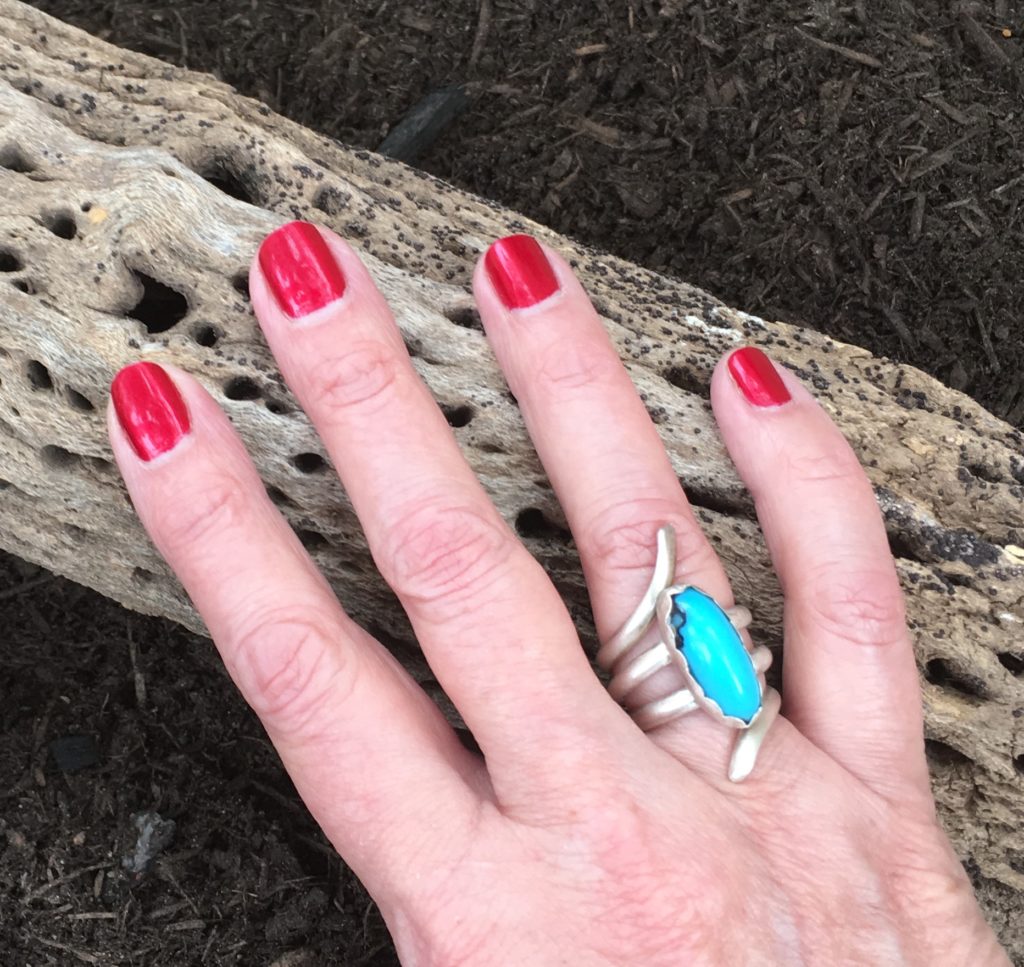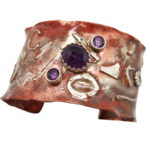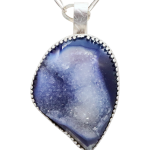Turquoise for the most part is quite porous. This means it is vulnerable to chipping or fading over time. Some of the earlier turquoise mined in Persia was more stable but sadly those mines are depleted.
What is done to protect the stones so we can wear our jewelry without worry? The primary processes are:
- Stabilized Turquoise: The rough material is soaked in an artificial resin. This hardens the surface for cutting. Cabochons (which are used for pendants and rings) are often backed with a black resin to stabilize even more. This process results in natural turquoise gems
- Enhanced Turquoise: The gem is infused with vaporized quartz, resulting in a harder, more uniform stone. It also enhances the color. This process also results in natural turquoise gems but the colors can fade over time.
- Reconstituted Turquoise. Turquoise is crushed and bound with other stones to form a mineral paste. the paste is then heated and dyed to form a turqoise-like substance and can be shaped and made into beads. While technically this still involves natural turquoise, it is not considered the finest solution. Prices are much lower too.
I work exclusively with natural stabilized turquoise. The gems are hard enough to resist wear and tear of course. Mostly though they are beautiful! check out my turquoise jewelry collection here.









Leave a Reply